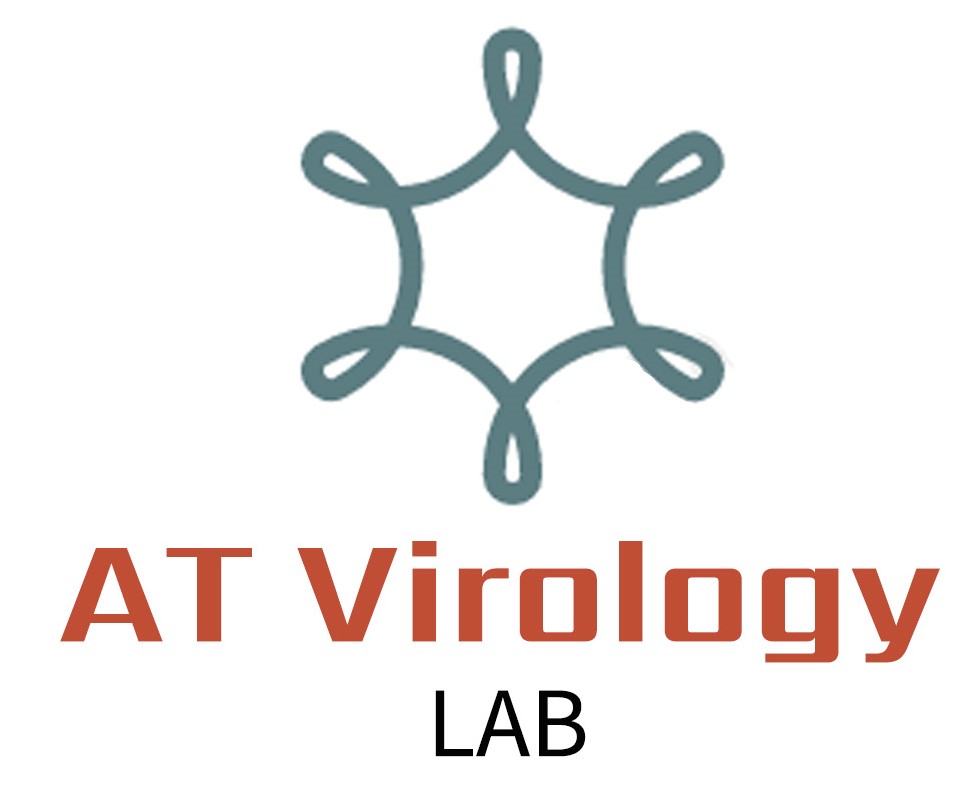INTRODUCTION: Influenza A virus (IAV) is highly contagious and causes respiratory diseases in birds, mammals, and humans. Some strains of IAV, whether from human or avian sources, have developed resistance to existing antiviral drugs. Therefore, the discovery of new influenza antiviral drugs and therapeutic approaches is crucial. Recent studies have shown that galectins (Gal), a group of β-galactose-binding lectins, play a role in regulating various viral infections, including IAVs.
AREAS COVERED: This review provides an overview of the roles of different galectins in IAV infection. We discuss the characteristics of galectins, their impact on IAV infection and spread, and highlight their positive or negative regulatory functions and potential mechanisms during IAV infection. Furthermore, we explore the potential application of galectins in IAV therapy.
EXPERT OPINION: Galectins were first identified in the mid-1970s, and currently, 15 mammalian galectins have been identified. While all galectin members possess the carbohydrate recognition domain (CRD) that interacts with β-galactoside, their regulatory functions vary in different DNA or RNA virus infections. Certain galectin members have been found to regulate IAV infection through diverse mechanisms. Therefore, a comprehensive understanding of their roles in IAV infection is essential, as it may pave the way for novel therapeutic strategies.
